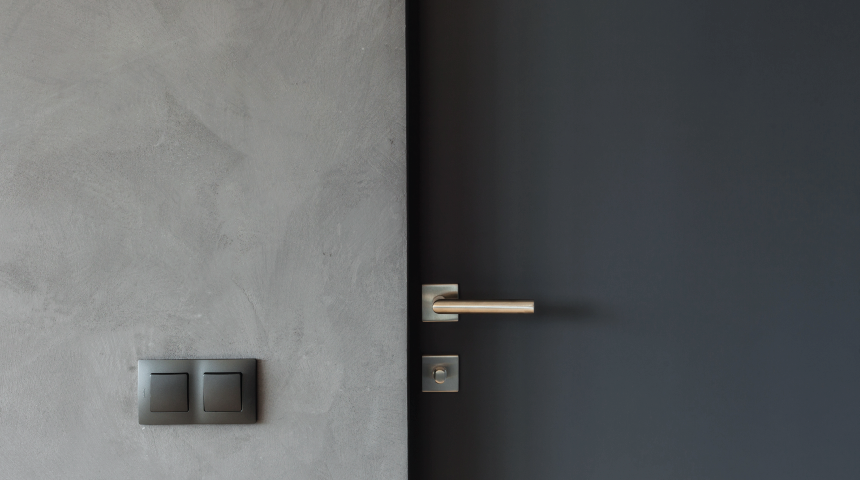
Signals Defense Films vs Other RF Films
In this post, we are taking one of our most frequently asked questions and lending some clarification and guidance on some of the key considerations when designing and constructing a secure space that requires RF and IR shielding on the windows. We will look at Signals Defense proprietary RF window film versus other clear RF films that can be purchased through online retailers.
“What’s the difference between the Signals Defense RF/IR window films, and other ‘clear’ RF window films?”
Not all clear shielding films are created equal — and when consistent and high RF attenuation across a broad frequency range is required, you need to be aware of the differences. This is especially true in government sponsored construction, where performance can be very strict, and certain standards must be met to gain accreditation.
Verify Data was Obtained Using the ASTM F3057 Test Method
ASTM F3057 is the test standard for Electromagnetic Shielding Effectiveness for Glazings, which is specific to both glass and film. Any shielding product that is being advertised for RF attenuation for high-level security purposes must be tested to this standard, and results and graphs shown in terms of dB, NOT percentage. Unlike other test requirements, such as basic IEEE-299 and D4937, ASTM F3057 requires hundreds of test points across several RF bands, ensuring complete broad-spectrum performance data.
Are All RF Films Created Equal?
The technology inside of commercial and residential window films has made tremendous leaps in the last few decades. These high-performance films are great for rejecting solar energy including UV and may only cost a few dollars per square foot. However, some of these ‘clear’ solar films are also being mistaken as “RF” films. They may deliver some low-level RF attenuation, but this is purely coincidental, and frequencies are sporadic, leaving many gaps or holes in protection. Not to mention: these solar films don’t reject the critical IR energy.Films specifically built for RF/IR attenuation won’t be found at the same price point as your typical solar film. It’s important to know that your secure space is only going to be as good as its weakest point. For example, if your walls and other surfaces offer robust RF attenuation and the windows do not, the space may not satisfy the customer’s requirements.
What to Look for in an RF/IR Film
In summary, consider the below checklist when researching products for your next secure space.
- Verify the exact RF attenuation performance required for the project
- Make sure these exact requirements include RF attenuation data levels in dB and frequency range
- Ensure that any RF attenuation is based on ASTM F3057, the Standard Test Method for Electromagnetic Shielding Effectiveness for Glazings, and not different methods that focus on glazing configurations such as IEEE-299 or D4935
- Proceed with caution for any data tables that only list a handful of references or where data is listed in terms of percentage
- Verify if IR protection is a requirement too. For instance, if the space is secure and formal accreditation is required, there will likely be an IR requirement
- If there is no IR requirement, a lesser-grade film that offers 20-30 dB of attenuation within a small frequency range and no IR protection may be an acceptable solution
Contact Signals Defense Today
To learn more about how SD films stack up to other types of window films, contact us today.
Read our Most Recent blog on Radio Frequency Shielding

RF/STC Doors
Enhancing Privacy and Acoustic Performance in Commercial and Government Spaces Doors are designed to secure spaces, manage access, and ensure privacy. But in high-security environments, specialty doors like RF and STC models go even further—providing advanced...
